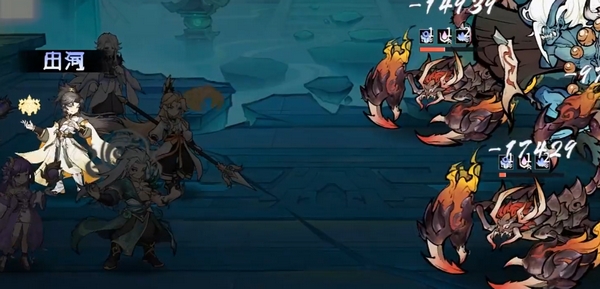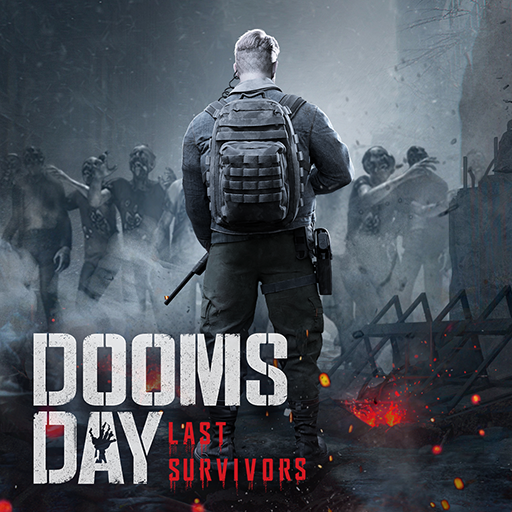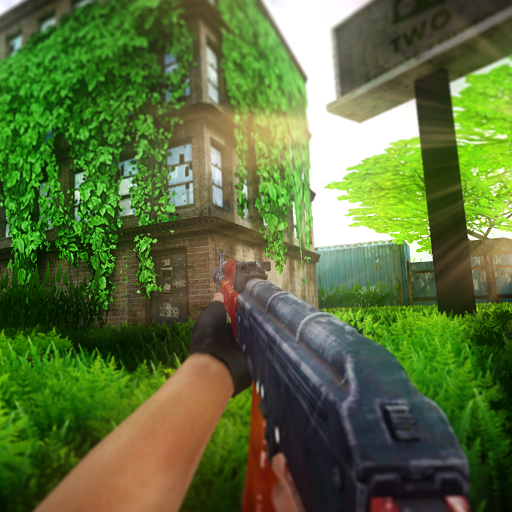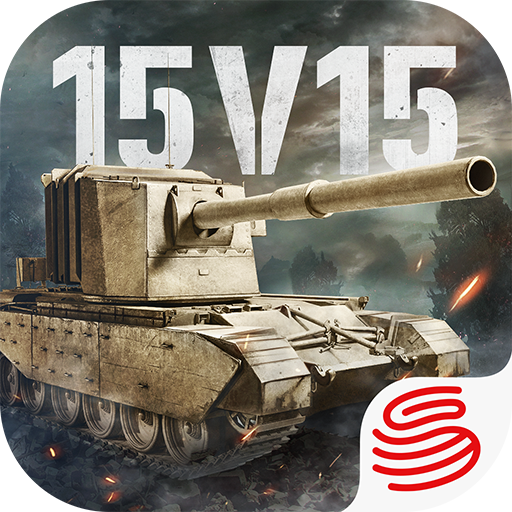Card games have always had a large fan base, and among the recent card games, Codename Slaughter is one that has piqued the interest of many players. The game's cards are exquisitely made, and although the gameplay can be a bit challenging to get started with, the tutorial is sufficiently detailed. Below, we will introduce the gameplay of Codename Slaughter. Many players have heard of this game but do not know its specific rules at all. If you start playing without understanding the game's mechanics, it will be very difficult to gain an advantage in the match, ultimately leading to a loss. Now, let's introduce the basic gameplay of this game.
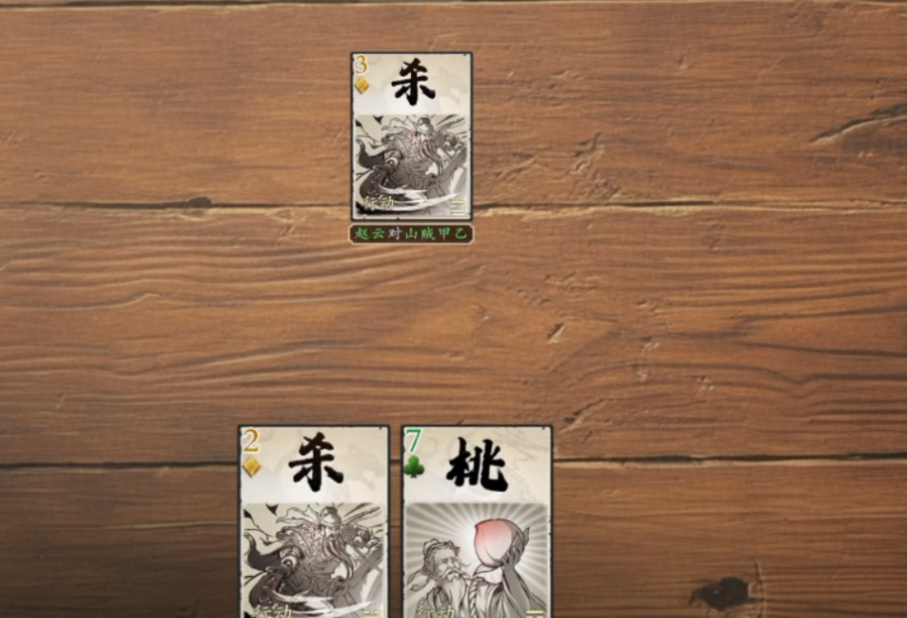
This game is a card battle type game. In the game, we need to choose various characters for battles. Each character in the game has a health point setting. If the health points drop to 0 and there is no health potion, the character will die. The maximum health points for each character are different. The lowest is 4, and the highest is 6. Besides serving as health points, they also affect the maximum number of cards in hand.
For example, if our current character has only 2 health points, then the maximum number of cards in hand is also 2. If players need more cards, they should try to keep their health points as high as possible. Each character in the game belongs to a different faction, and many characters have faction skills that only trigger if they are on the same side. Therefore, early on, players should try to figure out which faction their character belongs to, so they can confirm whether certain faction skills can be activated. When players acquire a general, they first need to confirm the character's specific attributes, faction, and skills.
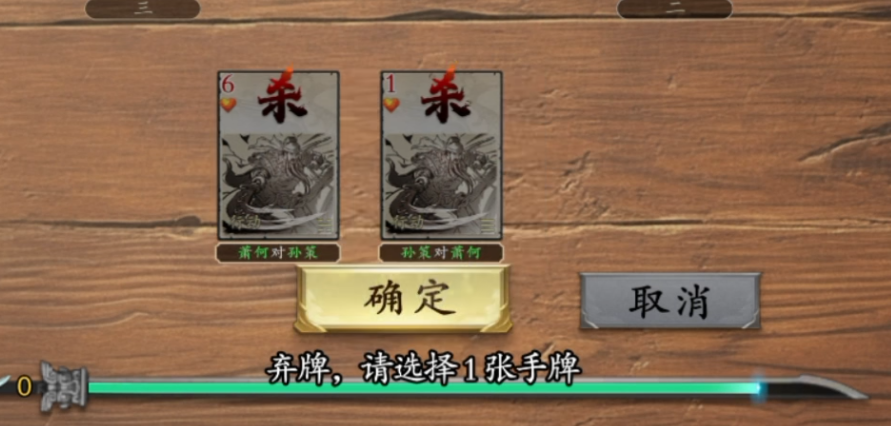
The most critical part is the general's skill; after confirming the skill, look at the character's attributes and faction. The characters we get each time are random, so players should try to remember the abilities and attributes of all the generals. If they cannot remember them all, they should check their character's status as soon as the game starts to avoid unexpected situations due to lack of knowledge about the character's attributes and skills, which would reduce their chances of winning significantly.
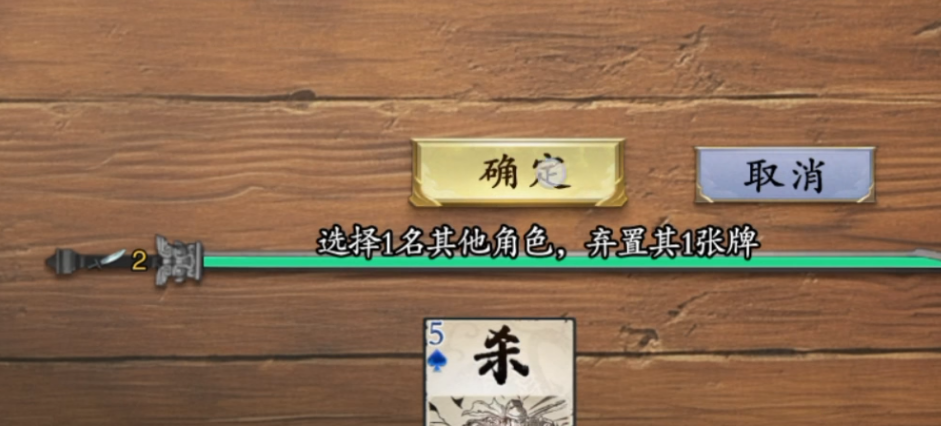
In the game, each player can obtain a varying number of cards, which have different suits and functions. Generally, action cards are divided into Attack, Dodge, Peach, Wine, and Change. Attack represents an attack, causing 1 damage to the player if successful. If the suit is hearts, it will cause fire damage. If the suit is not hearts and the number is 4, it will cause lightning damage. Under normal circumstances, one can play 1 Attack per turn. Dodge can avoid an Attack; under normal circumstances, one Dodge can avoid one Attack. Peach can restore 1 health point and can rescue a seriously injured character. Wine, when played for the first time, increases the damage of the Attack by 1 in the current round, but in the second round, it randomly discards one card from hand. Change can act as any action card; for example, when there is no Attack, Change can be used for attacking, and when seriously injured, it can serve as a Peach. So, players should try to save the Change card.

Each player in the game has a different identity. Generally, identities are divided into four types: Lord, Rebel, Loyalist, and Traitor. The Lord is the representative of the positive side. The role options for the Lord's identity card are relatively fixed, and its main goal is to eliminate the Rebels and find the Traitors.
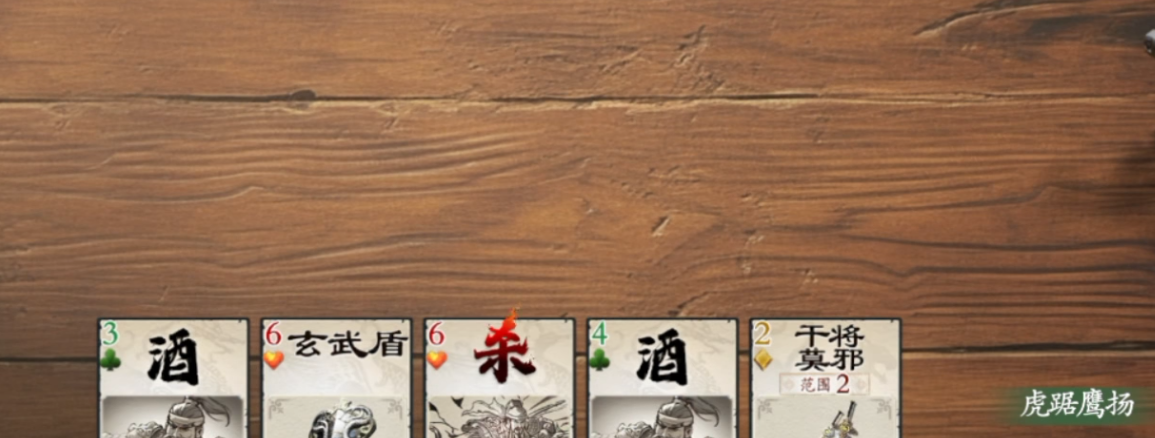
The task of the Rebel is simple: to eliminate all other players except their allies. When at a disadvantage, the Rebel can pretend to be a Loyalist or a Traitor. The Loyalist needs to help the Lord achieve ultimate victory. Wherever the Lord attacks, the Loyalist must follow. The Traitor is the most difficult, as they need to maintain balance among all factions and, in the final stages of the game, defeat all remaining players.
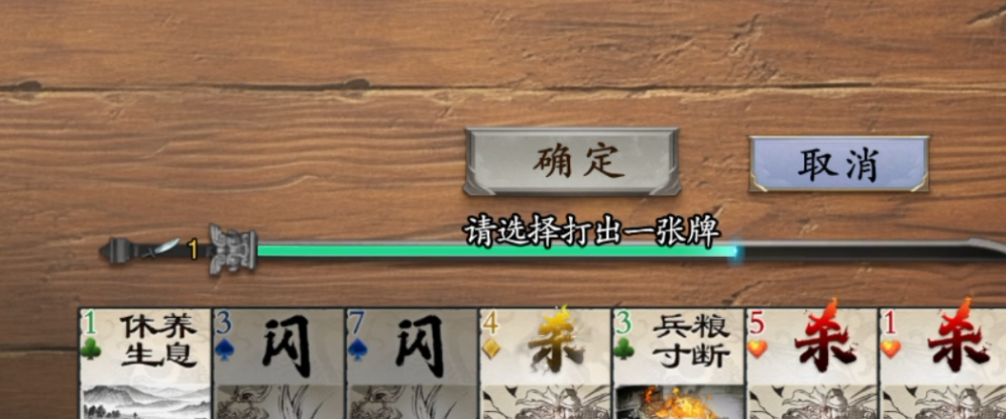
The above is an introduction to the gameplay of Codename Slaughter. Although this is a card game, its playability is very high. Players need to understand the positioning of the roles in the game to choose suitable ones for cooperation, thereby increasing their chances of winning.

